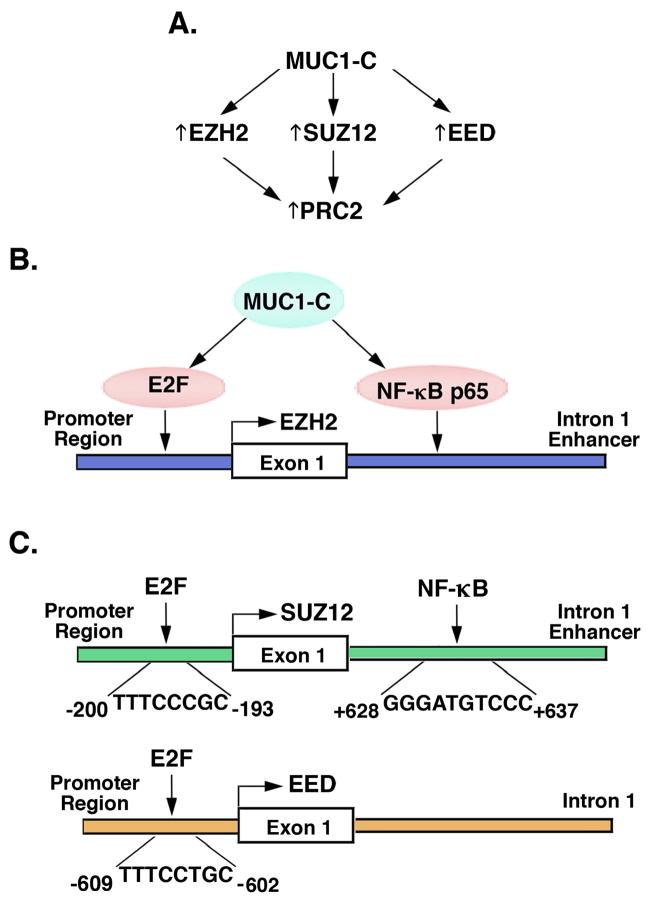Figure 1. MUC1-C induces expression of PRC2 components, EZH2, SUZ12 and EED.
A. Targeting MUC1-C genetically or pharmacologically with the GO-203 inhibitor downregulates EZH2, SUZ12 and EED expression in TNBC, NSCLC and prostate cancer cells, demonstrating that MUC1-C induces multiple PRC2 components. B. MUC1-C drives EZH2 transcription by two mechanisms; (i) E2F-mediated activation of the EZH2 promoter, and (ii) binding of NF-κB p65 complexes to consensus sites in the EZH2 intron 1 enhancer region 35. The EZH2 promoter and enhancer regions include CpG islands (−1046 to −56; +161 to +914) 119 and CTCF binding sites (−603 to −598, −468 to −463; +292 to +297, +702 to +707) for forming a potential loop structure by the CTCF-cohesin complex. C. MUC1-C also activates SUZ12 and EED transcription by E2F, in concert with previous work 14, 120, and by NF-κB p65 (unpublished data). MUC1-C thereby integrates EZH2, SUZ12 and EED expression by E2F signaling and by the inflammatory NF-κB pathway.

